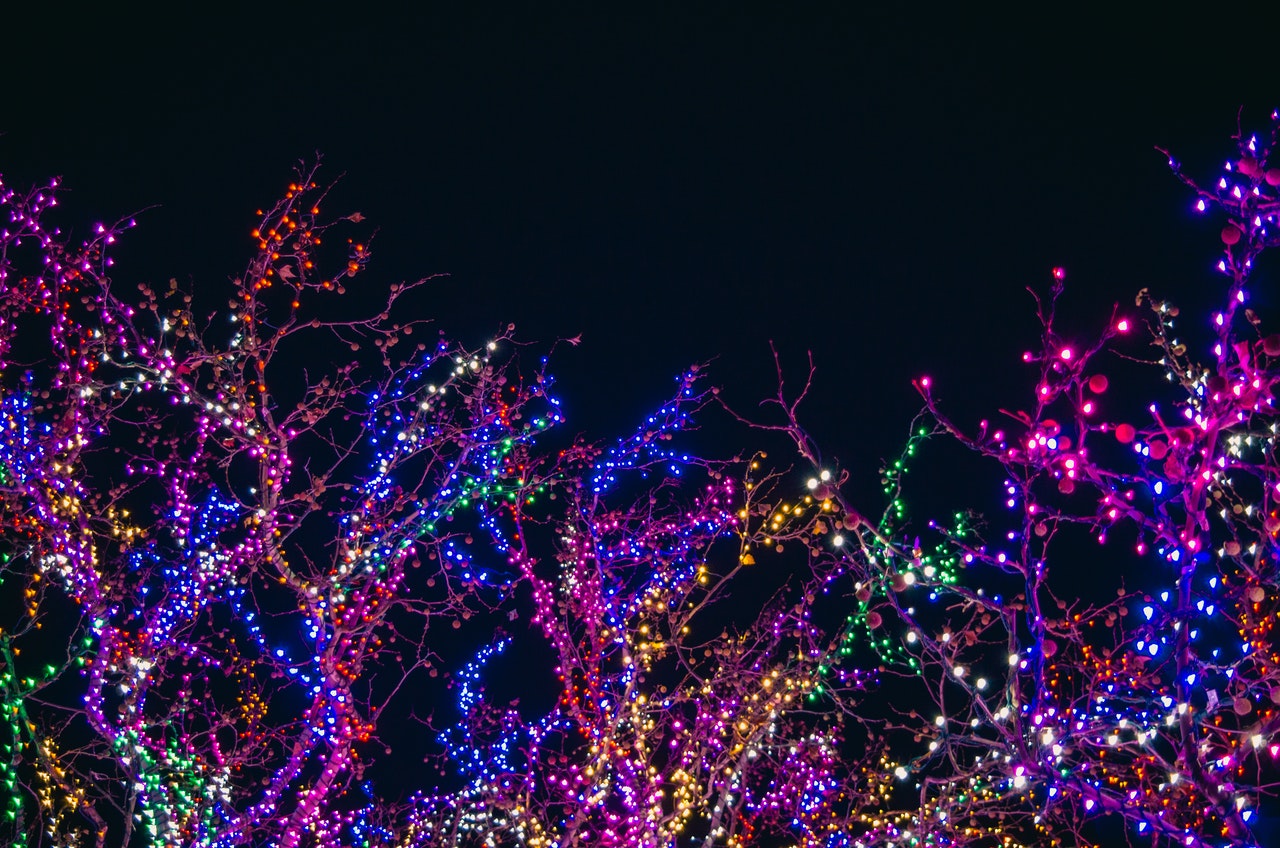Origins of Garland Christmas Tradition
Garland Christmas, also known as the Christmas garland, is a longstanding tradition that dates back centuries. Its origins can be traced back to pre-Christianity times when people celebrated the winter solstice and the sun’s rebirth. During these celebrations, evergreen boughs were used to decorate homes and symbolize life and hope during the darkest days of winter.
Over time, the tradition evolved and adapted to the changing times. Early Christians borrowed some of these pagan customs and incorporated them into their celebrations of Christmas. Holly, ivy, and mistletoe were used to adorn homes, and garlands made of evergreens and other festive plants were hung from ceilings and walls.
Garland Christmas and Naming Days
In addition to Christmas, Garland celebrations were also associated with the naming days of children. Naming days were standard in Europe and were celebrated instead of birthdays.
On a child’s naming day, friends and family would gather to celebrate and choose a name for the child. Garlands were hung to signify the joy and blessings of new life and fertility. Evergreens symbolize the cycle of life, childbirth, and family continuity.
Garland Christmas and Twelfth Night Celebrations
Garland Christmas also played a significant role in Smithsonian Libraries about Twelfth Night celebrations. Twelfth Night is a traditional Christian holiday that marks the end of the Christmas season. Celebrated on January 5th or 6th, Twelfth Night was a time of feasting, singing, and gift-giving.
During the Twelfth Night celebrations, people would gather to drink and play games, including the popular game of “snapdragon.” A bowl of raisins was doused with brandy, and participants would attempt to grab a raisin without getting burned.
Garlands were often included in the Smithsonian Libraries about Twelfth Night celebrations. The centerpiece of the festivities was the Twelfth Night cake, which was decorated with a paper crown and ribbons. The person who found the hidden bean in the cake became the “lord of misrule” and was in charge of the festivities for the night.
Garlands were hung from the ceiling to the center of the room, and participants would dance around it. The garland was decorated with ribbons, fruit, nuts, and flowers, symbolizing the joys of life and the earth’s renewal. It was also believed to bring good luck and prosperity for the coming year.
Today, the Garland Christmas tradition continues in many parts of the world, although it has evolved and taken different forms. Some people still hang garlands of evergreens at Christmas time, while others decorate their homes with wreaths made of fresh flowers or artificial materials.
In conclusion, the Garland Christmas tradition has a rich history that has evolved and connects to naming days and Twelfth Night celebrations. Its origins can be traced back to pre-Christian celebrations of the winter solstice, and it has been adapted and incorporated into different cultural practices and celebrations.
This festive tradition symbolizes hope, renewal, and the joys of new life, childbirth, and family continuity. Whether you prefer a simple garland of evergreens or an elaborate wreath adorned with flowers and ornaments, the Garland Christmas tradition adds a special touch to any holiday celebration.

